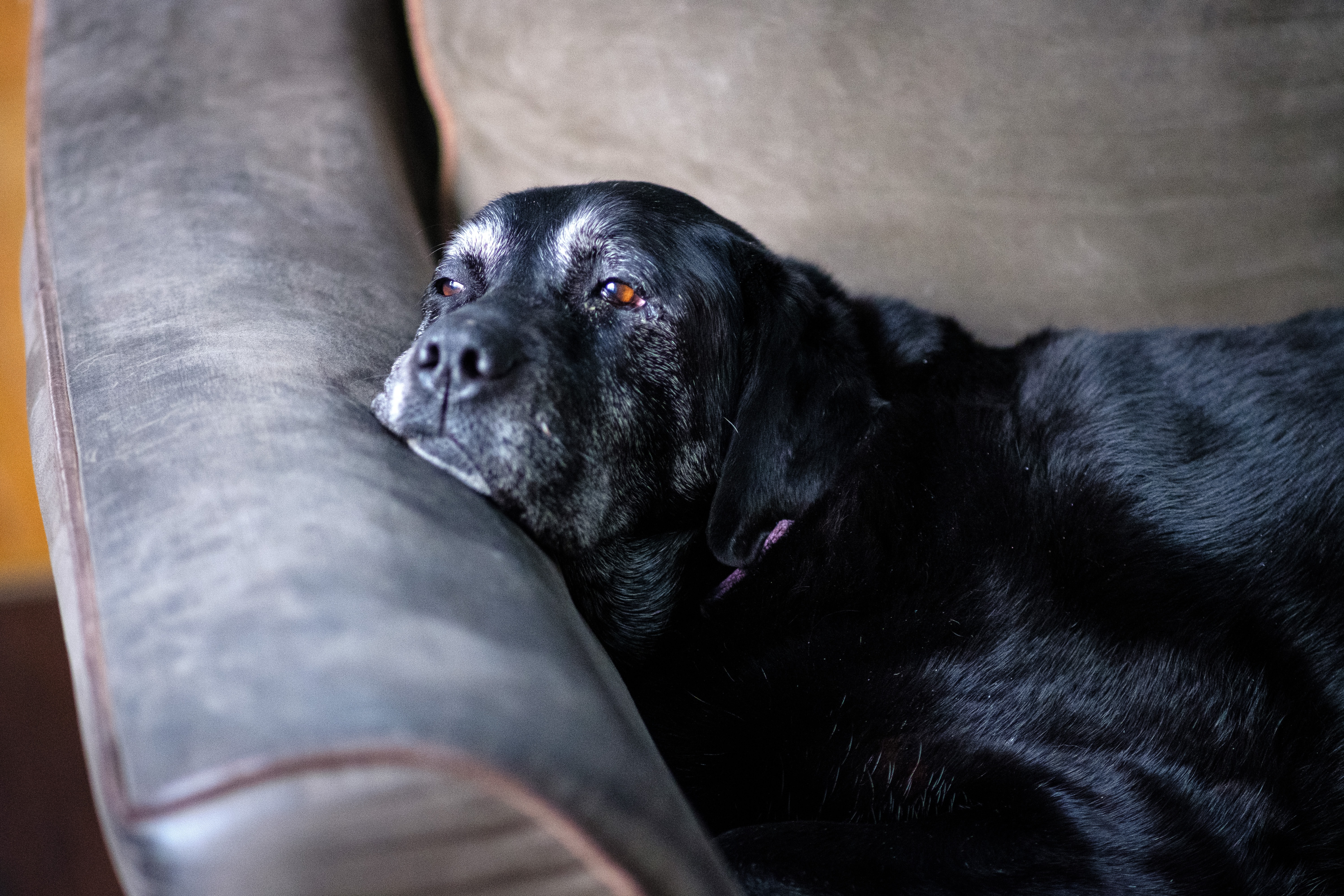Media release
From:
Veterinary: Doggy dementia risk increases with each added year of life
For dogs older than ten years, each extra year of life increases the relative risk of developing the neurodegenerative condition Canine Cognitive Dysfunction (CCD) by more than 50% and the risk of developing CCD is almost 6.5 times greater in inactive dogs compared to those who are very active. The new findings, published in Scientific Reports, suggest that lifespan estimates could inform veterinarians whether to screen dogs for CCD.
As with humans, cognitive function declines as dogs age and animals affected by CCD may show signs such as memory deficits, loss of spatial awareness, altered social interactions, and sleep disruption. Previous estimates of CCD rates in dogs have varied from 28% in 11- to 12-year-old dogs to 68% in 15- to 16-year-old dogs.
Sarah Yarborough and colleagues investigated the prevalence of CCD in a large sample of companion dogs participating in the Dog Aging Project, a longitudinal study of ageing in pet dogs in the USA. A total of 15,019 dogs were included in the sample. Between December 2019 and 2020, owners completed two surveys called the Health and Life Experience Survey (with information about health status and physical activity), and the Canine Social and Learned Behavior survey, which included questions to test for CCD such as whether the dog failed to recognise familiar people. Dogs’ lifespans were classified into quartiles, with 19.5% being in the last quartile of their life, 24.4% in the third quartile, and 27% and 29.1% in the second and first quartiles. 1.4% of dogs were classified as having CCD.
The authors report that when considering age alone among dogs aged more than ten years, the odds of being diagnosed with CCD increased by 68% for each additional year of age. When controlling for other factors such as health problems, sterilisation, activity levels, and breed type, the odds of a dog developing CCD increased by 52% for each additional year of life.
The authors also note that for dogs of the same breed, age, and health and sterilisation status, the odds of CCD were 6.47 times higher in dogs whose owners reported were not active compared to those whose owners reported were very active. However, the authors caution that their study does not show a causal relationship between inactivity and CCD due to its cross-sectional nature, and cognitive decline may in fact lead to reduced activity. They conclude that further research is needed to better understand CCD.



 International
International



